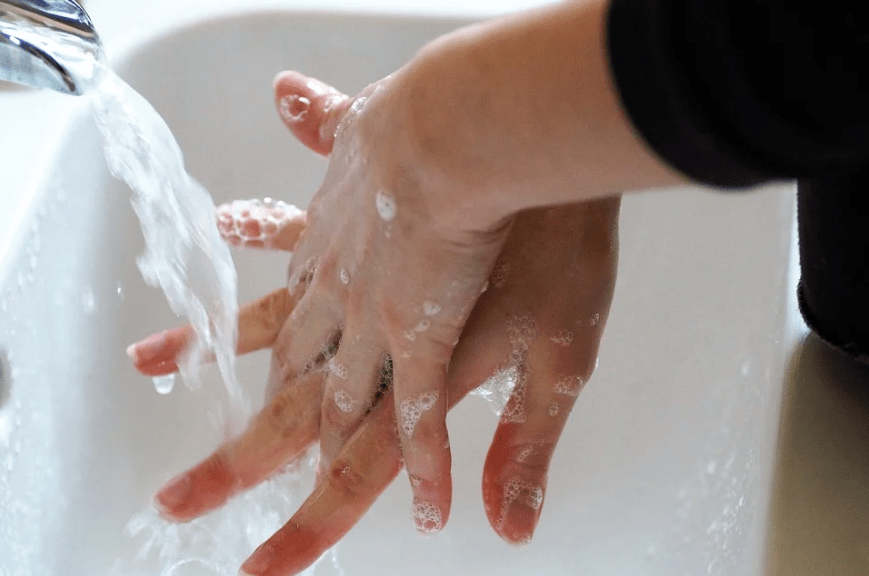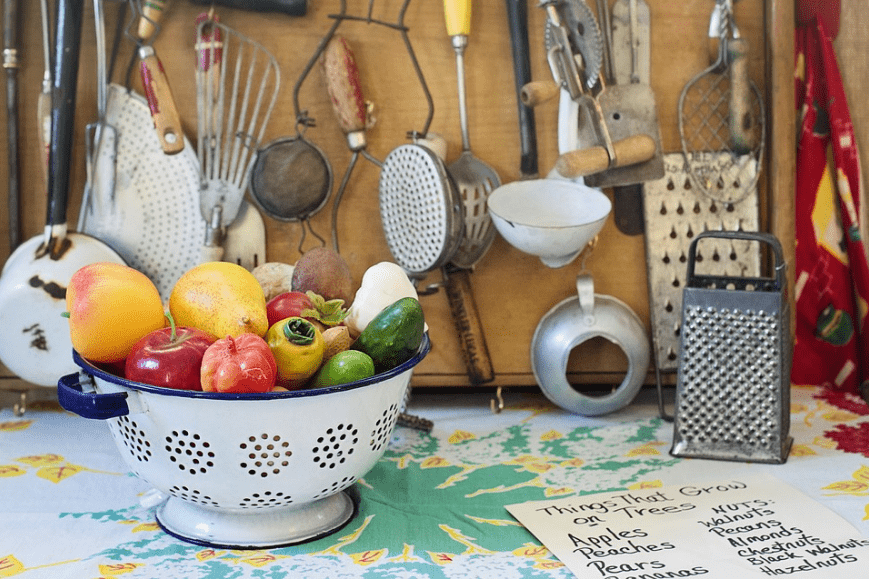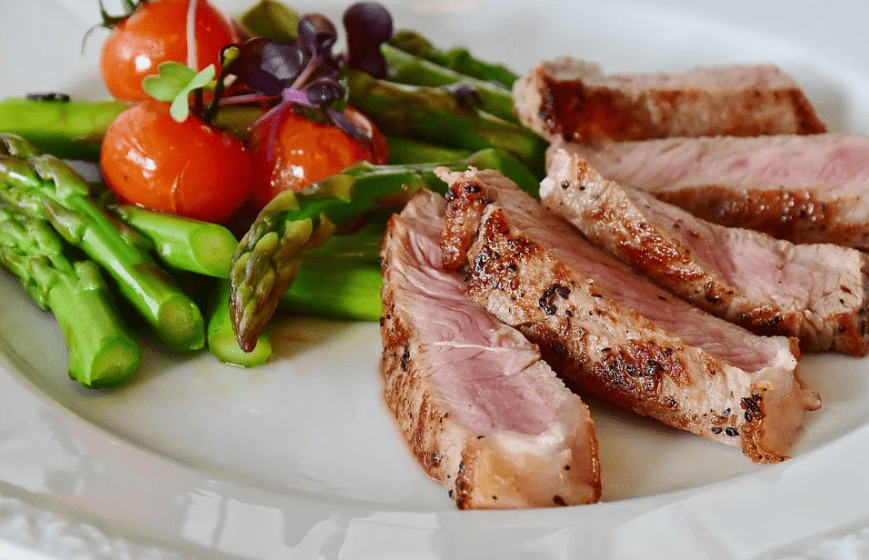Did you know that you or your family can get sick or suffer from diarrhea and other foodborne illnesses due to unsanitary kitchen and unclean food preparation?
Kitchen sanitation must be a priority at home or in any other place. Kitchen sanitation is the process of maintaining optimal cleanliness and hygiene, particularly in the kitchen where the foods that we consume are prepared. This also involves steps to prevent diseases and protect our health so we can stay productive and happy.
Everything that we eat or drink must be cleaned thoroughly and be free from any harmful bacteria, dirt, and microbes that might cause sickness to us. Salmonella, Shigella, Staphylococcus aureus, and E.coli are the most common causes of foodborne illnesses and food poisoning.
Since the naked eyes cannot see the microbes, if food is not properly cleaned, these microbes can easily spread to the food, and we may consume them unconsciously.
There are various ways so easy to do to maintain sanitation and safety in the kitchen.
1. Wash hands properly
The first thing to do whenever you are preparing food or drink in the kitchen is to wash your hands with running water from the faucet and hand soap for at least 20 seconds. Washing of hands should be done prepping and cooking food. If you are wearing accessories like rings, bracelets, or a watch, remove them when preparing food in the kitchen. Germs easily spread from hands to the food, so ensure your hands are clean enough when preparing your meals.
2. Wash vegetables and fruits properly
Know how to wash each item in the kitchen properly. Use cold running water when washing veggies and fruits to remove pesticides and dirt from them. Before storing or cutting the meats, clean them thoroughly, and use separate cutting or chopping boards for meats. Make sure to also clean the chopping boards very well after using them because they are also bacteria’s favorite spots.
3. Wipe down countertops and other cooking surfaces
Wipe your kitchen countertops after every use; it’s a basic kitchen hygiene rule. It helps not only clean the area but also helps stop the spread of bacteria.
Clean your counters with hot water every day, and wipe at least once a week with a detergent. Make sure you have on hand extra-absorbent kitchen paper to wipe away spills.
4. Don’t cross-contaminate
Cross-contamination may lead to food poisoning, so it is also crucial to know how to avoid it. For example, you can avoid cross-contamination by using different chopping boards and even knives. Also, do not leave edible food next to raw meat.
5. Thoroughly cook foods
You must know what you are cooking, and this includes knowledge on how to cook each food properly. Undercooked food may cause stomach upset due to harmful bacteria, which may also lead to food poisoning. When cooking meat, ensure that you are cooking them at the right temperature and time. You may cut into the meat to see for yourself if it’s properly cooked. When it comes to reheating food, ensure that you reheat them at a piping hot temperature.
6. Correct food storage
Secondary to proper cooking in food hygiene rules is knowing the correct food storage. Safe storing means safe consumption. Make sure that your fridge is free from out to date food items. When storing uncooked goods like meat, make sure that you know the maximum time to stay inside the fridge and safe for consumption. It’s not always a guarantee that foods are still safe to eat because they are in the refrigerator. Do not put warm food inside the fridge. Cover with cling film any left-over food packets, or seal them in a plastic container.
7. Bin basics
Discarded food and other raw items in the kitchen will spoil and rot, so it’s safer to change your bin daily. Once the old food in the bin decomposes, bacteria start to form that cause your rubbish its foul smell. Also, close your bin to keep away from insects.
When you do this very simple act of kitchen hygiene, you don’t only make your kitchen clean, but you also make your family or loved ones safe.
8. Stop grease in its tracks
Greasy and oily kitchen utensils are some of the hardest to clean in the kitchen. Wash all utensils properly with an excellent grease-removing agent. Perhaps, you have experienced wiping a greasy mark, only to find it has transferred from your cloth to another kitchen surface. You may use a piece of absorbent kitchen towel to stop the spread of grease and bacteria.
9. Scrub your sink daily
Many are guilty, especially those who have no time and are lazy to wash the dishes right after use. But don’t leave dirty dishes to pile up in the sink as bacteria will rapidly multiply, especially overnight.
Cleaning and scrubbing your sink won’t take much time. Simply give your sink a quick scrub with a scourer and a spritz of kitchen cleaner once a day. Next, wipe up spills or pooled water around the sink using a kitchen towel to keep it hygienic between scrubs.
10. Sanitize your faucet regularly.
Faucets can be bacteria heaven if not cleaned. When you turn it on with your greasy hands, you transfer germs to it. However, after washing your hands, the germs will again transfer to your hands when you turn them off. Therefore, keep it always clean, or you may invest in a touchless faucet, so the problem is gone forever.




